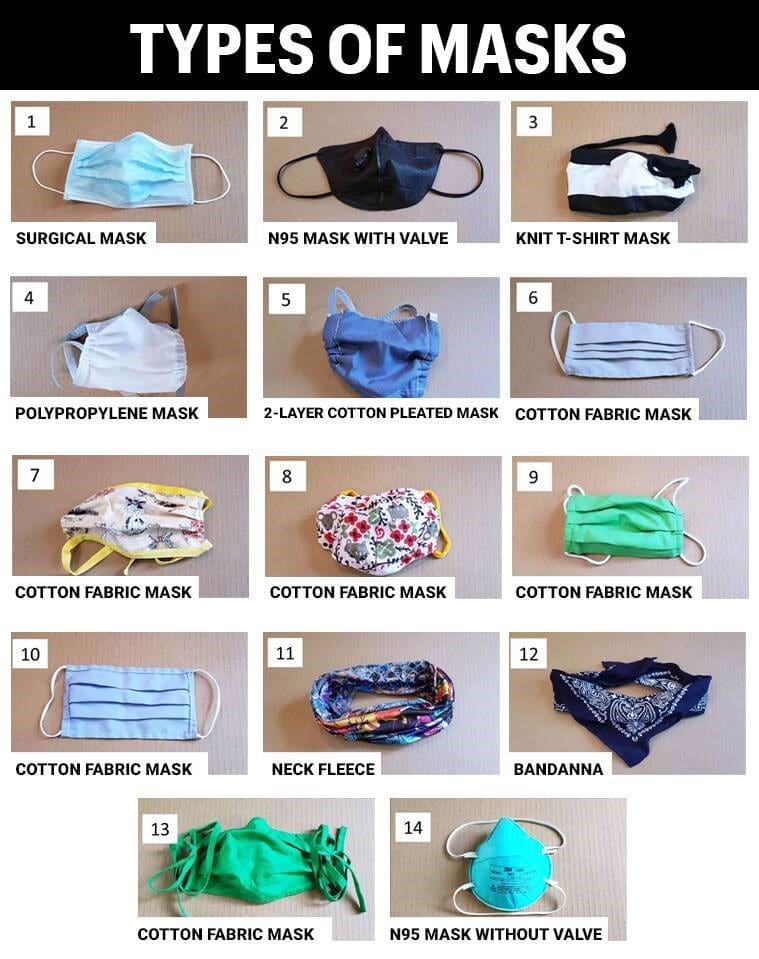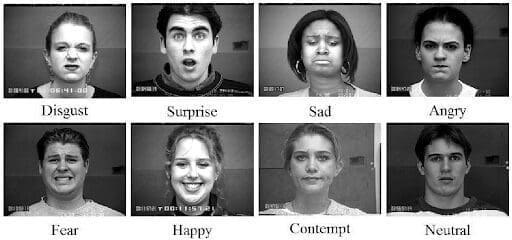
The superhero removes their masks to reveal their identity *que collective gasps*. The secret is out. Superheroes use face masks to conceal their identities, but having to wear masks because of a deadly virus on the loose feels a lot less cool. Over the last two years, face masks have become a necessity all over the world. The pandemic has forced everyone to use face masks to protect themselves as well as others.

Getting the Hang of It
At first, it was a lot to get used to; the earache from the strings, the walking out, and then coming back to take the mask, the itchy nose, the muffled voices. But over time everyone got the hang of it. From one mask to two masks to sometimes even three, leaving the house with the nose and mouth exposed feels abnormal. Everyone has figured out their go-to mask, be it an N95, a surgical mask, or a cloth one. For the most part, people have been able to adapt and change according to the need of the hour but the one problem that people still face with masks is not being able to read facial emotions accurately.
Masks Up, Facial Reading Down
Around the age of six months, babies begin to distinguish different emotions using facial cues. When inferring emotions from photographs, toddlers as young as six years old pay attention to specific facial features. Adult humans are so good at perceiving emotions that it only takes 39 milliseconds of exposure to an emotional face for them to recognize and identify the emotional state.

Observing other people’s facial movements is the quickest approach to reading their feelings. Faces provide key information about a person’s identity, as well as additional socially essential information like reliability, and likability. This is information that aids in speech comprehension by enabling facial speech analysis. People are experiencing a natural restriction in access to facial information during interactions because of the pandemic. Masks disguise the visual information from the lips and lower half of the face which are vital in the activity of processing faces. When the mouth is hidden by a face mask, face reading becomes more difficult. Face masks disrupt facial imitation and behavioral synchrony, which boosts social ties, empathy, and playful interactions by making emotional displays more difficult to read. Masks hinder non-verbal communication between people.

Now You See Me, Now You Don’t
Face masks make it hard for the brain to memorize fresh faces. Face masks imperil the re-identification of a previously observed (masked) face. This is, incidentally, why criminals frequently wear face masks. Face masks have given the general population a glimpse into the world of face blindness. Face blindness is scientifically known as prosopagnosia, which is a neurological disorder that is related to the inability to recognize faces.
Communication Barrier
Face masks reduce the volume of a person’s voice and cause it to become slightly garbled. Sound is muffled or reduced even more with the use of face shields, social separation, and plastic barriers. The ear loops on your face mask may irritate hearing aids and cause additional issues. Face masks hinder lip-reading and sign language, which typically relies on mouth movements; among other things; one cannot rely on lip-reading cues or other facial motions to decipher words and emotion. So, social information loss is even more apparent among those with hearing impairments.
On a practical note, wearing a face mask can help reduce the spread of infection and the transmission of infectious germs through the air. When someone coughs, talks, or sneezes, viruses may be released into the air, infecting people around. Face masks prevent cross-contamination as part of an infection control strategy. Masks can prevent larger ejected droplets from condensing into tiny droplets that can go further, making them more effective as “spread controllers.” Wearing a mask could be the deciding factor between life and death.. Therefore, it is important to underline that the societal costs of wearing face masks should not be used as a deterrent to their use. Rather, a better knowledge of the mechanisms that underpin the processing of emotion, trustworthiness, and identity could lead to the creation of innovative techniques to reduce the loss of social information while also maximizing hygienic benefits. Humans are a social species, and their capacity to engage in cooperative interactions successfully is critical to their survival.




Be the first to comment